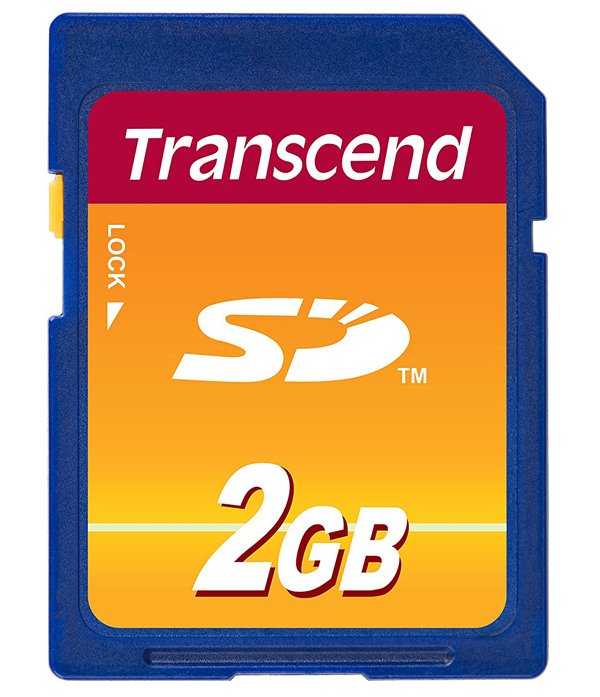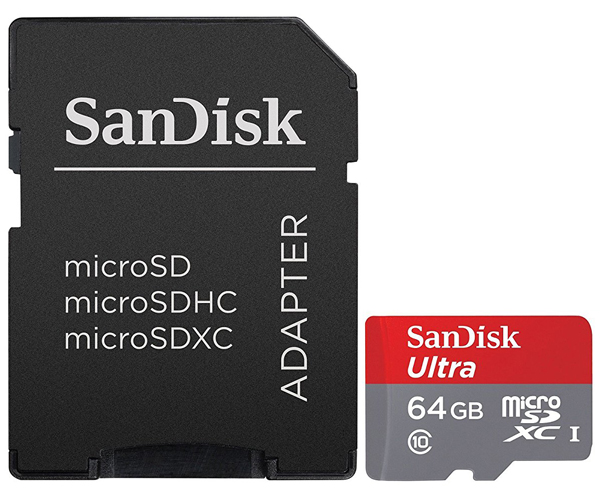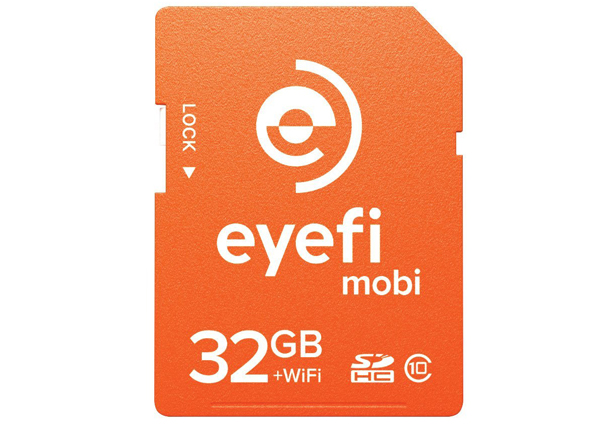Baffled by the jargon surrounding camera memory cards? Confused about what format, capacity and speed you need? In the next ten minutes, you’ll discover what the pros took years to learn.
The range of camera memory cards available today is truly daunting – even for the professionals. New formats seem to crop up every other day, all claiming to be better or faster than the competition. It’s a minefield, and all too easy for the unwary photography to end up buying the wrong camera memory cards or card readers for their needs. In this article, we’ll explore the range of formats available, help you discover what all the terminology means, and ultimately find the right format, capacity, and speed for your photography needs.
Camera Memory Cards
New cameras usually come with a memory card installed – but often it has a very limited capacity and a low-end brand. So, it’s highly likely you’ll need an additional memory card.
When choosing camera memory cards there are only really four factors: Format, Speed, Capacity & Price.
Which Card Format?
Nobody chooses a camera memory card format first, then buys a camera to suit it. So it’s more likely that you’ve already got your camera. Before reading the rest of this article, check your camera’s user manual to find out what format your camera requires. Or, with the camera switched off, simply open your camera’s memory card cover and remove the memory card (or cards). Look for one of the following formats:
SD (Secure Digital)
The SD card shape and size is by far the most common and has been adopted by more recent, improved versions of the basic SD format, which was limited to 2GB capacity.
SDHC (Secure Digital High Capacity)
These are SD camera memory cards but with a maximum capacity of 32GB. They are identical in shape and size to the SD format, but they are different media types.
SDXC (Secure Digital ‘Xtra Capacity’)
These SD-style camera memory cards have a maximum capacity of 2TB (Terabytes)
Micro SDHC
Identical to the largely obsolete Micro SD format (which had a maximum capacity of 2GB), but with an increased 4GB to 32GB capacity range. It’s common for these tiny cards to be sold with an adapter which fits SD card readers. This is because Micro SD card readers are rare.
Micro SDXC
Again, identical to the largely obsolete Micro SD format, and Micro SDHC, but with a capacity range greater than 32GB. Again, this card format is usually sold with an SD adapter.
xD (eXtreme Digital) Picture
This is a FujiFilm format found on some older Fuji and Olympus cameras, with a maximum capacity of just 2GB.
Memory Stick Duo
Launched by Sony, this format is compatible with SD camera memory cards.
CF (CompactFlash)
The CompactFlash format has been available since the early days of digital photography. It used to represent the best in speed and capacity but has been caught up by the newer memory card formats, especially the SDHC & SDXC formats, and the new CFast 2.0 and XQD formats.
CFast 2.0 standard
CFast 2.0 brings huge speed improvements over the CompactFlash standard it’s based on. Camera manufacturers have been slow to adopt this format so some are cautiously offering dual slots in their cameras – one for CompactFlash and one for the new CFast 2.0 format.
XQD
Like the CFast 2.0 format, XQD is also a more recent development of the CompactFlash standard.
Eye-fi Mobi
Compatible with most digital cameras since 2010, these camera memory cards are a unique variation on the SD format. They supersede the Eye-fi X2 which Eye-fi no longer support due to security vulnerabilities.
These cards have built-in WiFi built, so that as you take photos, they can be sent over the available WiFi network automatically to any device running the Eye-fi app, e.g. your computer, tablet, or iPhone. Photos can even be sent straight to Eye-fi’s own cloud-based photo hosting service.
Devices running the Eye-fi app can detect the presence of an Eye-fi card in the vicinity and, whenever a new photo is taken, the WiFi card sends it to the device(s). It can be configured to leave the photos on the memory card as well as sending them to your devices – essentially acting as a backup facility, or you can have the photos automatically deleted from the card once they’ve been sent, meaning your Eye-Fi card will never fill up!
An alternative to Eye-fi Mobi is the slightly cheaper Transcend WiFi SDHC card which has the added benefit of being able to turn your mobile device into an external monitor with its Shoot and View mode. Its range of around 35ft isn’t as great as Eye-fi’s 90ft, however.
If your camera already incorporates WiFi, then you won’t need either of these WiFi cards, as your camera can already send photos to other WiFi-enabled devices.
Which Card Speed?
Using a memory card that is too slow can result in the camera’s buffer filling up too quickly. The camera has to stop and wait for the buffer to start to empty before it can continue capturing photos or video. Therefore it’s essential you have a memory card capable of the speeds your camera requires. Again, your camera’s user manual will tell you the minimum requirement.
Card manufacturers are a little sneaky. They advertise the faster “read speed” (the speed at which photos are retrieved from the card) rather than the slower “write speed” (the speed photos are saved to the card). This gives a false impression about the performance of a card.
Many modern cameras have a continuous shooting mode or burst-mode. With that comes the ability to take many photos per second (measured in FPS – Frames Per Second). The camera has to save these images quickly so it’s ready for the next shot. This is especially so when you’re shooting RAW images, which have much larger file sizes than JPEGs.
Some cameras have high frame rates, large sensors and/or pixel counts, or provide video capture. These cameras usually require a memory card which is capable of handling larger amounts of photo/video data at high speeds.
It’s worth noting that the speed at which photos can be read from the card also depends upon the device doing the reading. Some card readers have a slower read speed than the card itself.
Confusingly, there are different scales of speed that manufacturers use to describe how fast photos can be stored and retrieved from their memory cards. So, now we’ll look at how to identify the speed of a memory card, and which speeds are most relevant to your photography needs.
Data Transfer Rate In MB/s
The speed of many memory cards is displayed as the minimum MB/s (Megabytes per second). The higher the value, the faster the data transfer.
Commercial X Rating
This refers to speeds represented as a multiple – e.g. 200X or 300X – where 1X is the speed of the original CR-ROM drives – 0.15MB/s (Megabytes Per Second).
The speed is the maximum sustainable transfer rate. So, 200x is 200 x 0.15M/s = 30MB/s.
If a typical image file is 5MB then you’d be able to transfer 6 image files per second from the memory card.
Class Rating
This card speed rating is more useful than the Commercial X rating. That’s because it refers to the minimum data transfer rate, not the maximum sustainable transfer rate.
A memory card rated “Class 2” has a guaranteed minimum data transfer rate of 2MB/s (Megabytes per second) – which is pretty slow.
A “Class 10” memory card has a guaranteed minimum data transfer rate of 10MB/s – which is much faster.
To complicate things further, a new “UHS” class was introduced. The UHS Class number is multiplied by 10 to give the data transfer rate. So, “UHS Class 10” has a data transfer rate of 100MB/s.
The Class Rating only relates only to SD/SDHC/SDXC card formats.
UDMA 7
Unique to the CompactFlash format is UDMA 7. If your camera supports CompactFlash with UDMA 7 then you should definitely use this format.
What Card Capacity?
As camera sensors get bigger and pixel counts rise, so the need for larger memory cards increases too. It’s tempting to get the biggest memory card you can afford. But what if you lost or damaged that card before you got all the photos off it? It’s better to spread the risk of losing photos across multiple cards. So instead of buying one 64GB card, buy two 32GB cards. It’ll cost you more but the additional peace of mind justifies the price.
Below you’ll find charts showing roughly how many photos you’ll be able to store on cards of different sizes. To use the charts, first pick either the JPEG or RAW chart based on which image capture format you prefer. Next, look down the left-hand column for the number of megapixels that is closest to your camera’s megapixel count. Lastly, look across that row to see the number of images each capacity (shown in the top row) can hold.
JPEG Images
RAW Images
Price
Camera memory cards fluctuate in price all the time, so we won’t look at specific prices in this article.
An important fact to learn is that you can’t get a cheap, high quality, high capacity memory card. You can, however, buy a cheap, high-quality, low capacity card, or a cheap high capacity, low-quality card. The highest capacity, high-quality memory cards are very expensive. So your budget will be a big factor. Read on to discover the right memory card specification for you and your photography.
Which Camera Memory Card Specification Is Right for You?
Do you take photos you can’t afford to lose? This could be wedding photos, graduation photos, birth photos, 90th birthday parties, or any other unrepeatable events. For these kinds of events you really ought to invest in the better, more reliable brands: Sandisk, Lexar, Transcend.
Do you take a lot of photos but don’t care too much about reliability? Then you need to choose between capacity and speed.
If you intend to use burst mode, continuous shooting mode, or video mode, then you’ll need to make speed and capacity a priority.
Rather than have all your eggs in one basket by purchasing one large capacity memory card, buy more smaller capacity cards. This spreads the risk across multiple cards. It’s statistically unlikely that all of your cards will become corrupted, damaged, lost, or accidentally re-formatted. Having just one large capacity card is a big gamble – so play safe and get smaller capacity memory cards.
Conclusion
The good news is that your camera user guide will tell you what memory card format and minimum speed rating you need to buy. What you need to figure out for yourself is the capacity, and choose your price point. If your budget will stretch to a fast, high-end brand card, then you should purchase one or more of those. Otherwise, look to the cheaper brands.
Lastly, be sure to get a card reader that’s compatible with your card technology – otherwise, you may find transfer speeds are much slower than you’d like.














